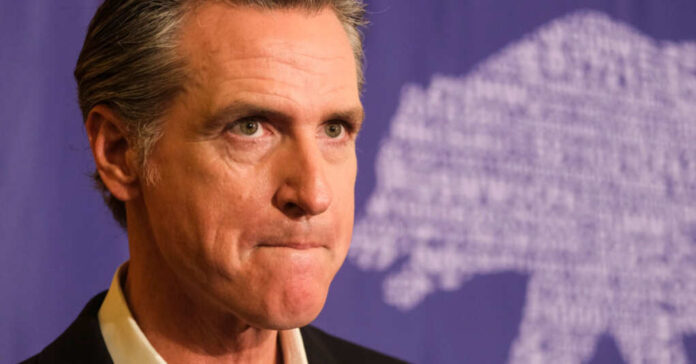Three months is usually enough time for two sides of a union dispute to get their act together and find common ground. Both SAG-AFTRA and studios are largely tired of the negotiations and the picketing. Nobody is making any money, and they are ready to get back to work.
In this case, Hollywood and the studios aren’t willing to bring something realistic to the table for negotiation. At the heart of the debate is streaming revenue, as well as the use of artificial intelligence (AI). While other issues exist, these two are the major reasons for the strike. These actors want better revenue for their streams, and it makes sense.
The cuts for a movie from people going to see it in theaters are down, especially since COVID. With families able to rent new releases for less than the cost of tickets for parents and a pair of kids, it makes sense to do movie night at home. Especially with costs everywhere else skyrocketing. By getting better results on these streaming rights, they can negotiate better deals going forward.
The use of AI seems to be the biggest sticking point. With some actors already seeing their iconic roles reimagined through the use of AI, they aren’t getting cut when the film is changed and re-released. Any control over how the performance is delivered is gone, and they lose any input for what happens to the development of the character. Overall, AI is something that benefits the studio, the director, and potentially the writers. That’s it. Actors could have old footage combined to make a whole new movie, and with nothing contractually preventing it, they are left unprotected.
With the strike originating back in July, many did not anticipate it lasting this long. With the writers settling their own strike at the start of October, SAG-AFTRA came back to the table with good intentions. The Alliance of Motion Picture and Television Producers (AMPTP) seemed exceptionally anxious to resume talks and claimed they were very positive about the negotiations.
However, they later announced, “After meaningful conversations, it is clear that the gap between the AMPTP and SAG-AFTRA is too great, and conversations are no longer moving us in a productive direction.” As the reps for Netflix, Walt Disney, and other media companies, the AMPTP represents a large portion of the market, and they dictate how a lot of Hollywood goes.
In a letter released on Oct 12th, SAG-AFTRA said they negotiated “in food faith.” They did this “despite the fact that last week they presented an offer that was, shockingly, worth less than they proposed before the strike began. It is with profound disappointment that we report the industry CEOs have walked away from the bargaining table after refusing to counter our latest offer.” A reasonable point of contention at this point. Especially as the AMPTP and other Hollywood unions refuse to come to realistic figures.
According to the AMPTP, the streaming revenue the SAG-AFTRA is demanding would be paid as a bonus. They estimate it would run them $800 million per year, far too much of a burden for them to carry. Never mind the amount of money they are making on the backend and how high the profit margins are with the new tech; this is pennies in reality.
Seeing the unions having to fight for a fair shake like this is horrible. While actors are often some of the highest-paid people in entertainment, it’s the smaller actors who have a simple speaking part that need this the most. For them, these royalty checks come when a network like TBS licenses their film they get paid handsomely depending on the viewership. It’s also paid out on a sliding scale too. The problem is, when that happens at the same time as it is hitting Netflix, most people will opt to stream it and not watch the commercials. This means they’re getting cut out of that residual revenue.
Disrespecting them by offering less than you started with is a sign that maybe the actors need to torch it all and start fresh or start doing more work with smaller studios. They have already reached agreements with them to get people back to work because they know the problems that not working can cause. Time to show them that respect back and buck the trend of making blockbusters.

















